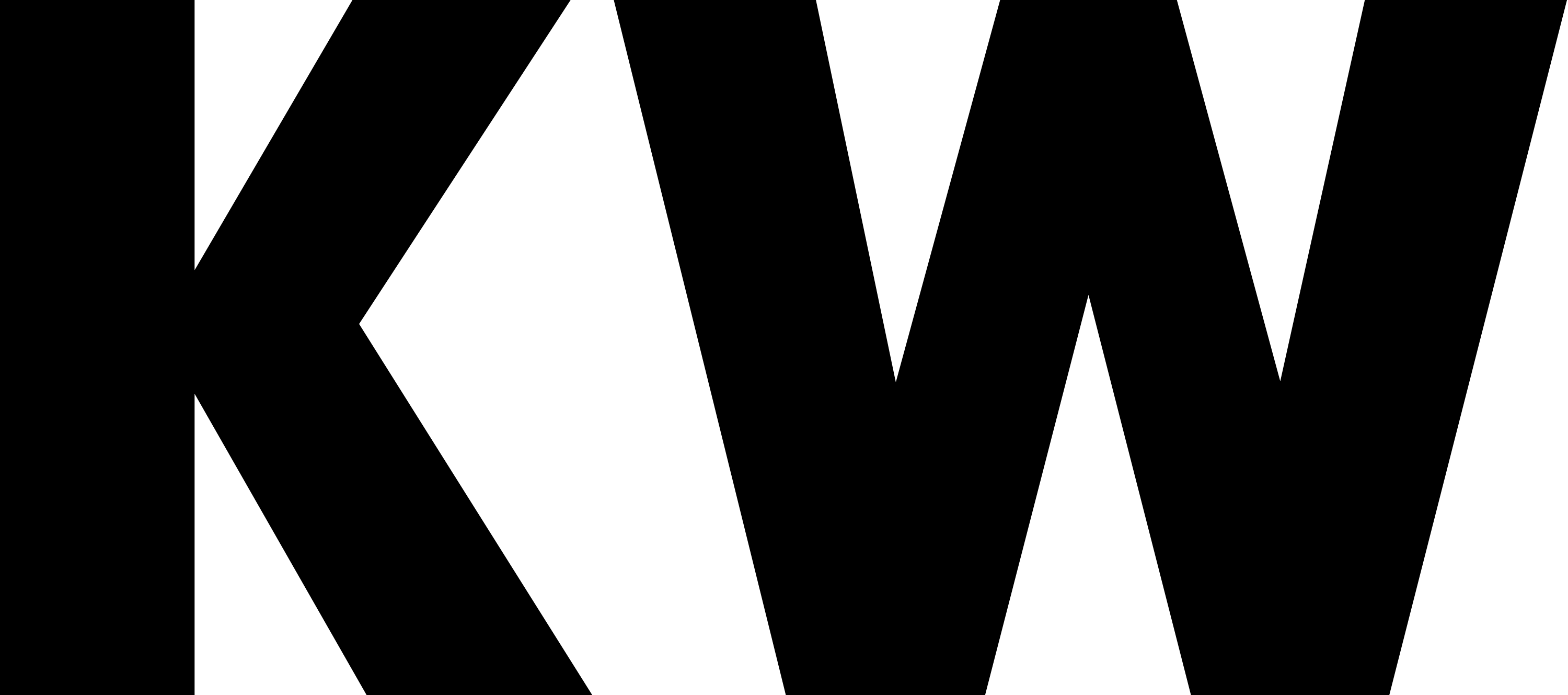Curatorial introduction
Atiéna R. Kilfa
The Unhomely
22 October 22 – 15 January 23
Curator: Anna Gritz
Assistant Curator: Sofie Krogh Christensen
Curatorial Assistant: Linda Franken
The exhibition The Unhomely at KW Institute for Contemporary Art marks the first institutional solo presentation by Atiéna R. Kilfa (b. 1990, FR). Kilfa uses photography, sculpture, video, and installations to explore how personal and cultural memories tend to conflict and overlap. Her most recent work draws on her interest in the composition of scenes, dioramas, still lives, and tableaux vivants, which she sees as sites in which inherited narratives and social codes and the tension between object and subject come to a head, opening them up for collective review.
The question of how standards produce identity, as imitable models and formulas or as technological settings and conventions that control our perception, lies at the core of Kilfa’s practice. The question, ultimately, of who is welcomed by them and who is not. Through the complication of the binary notion of subjective inside vs. normative outside, it triggers a reflexive rewriting of existing systems and standards. The Unhomely stages a new video work alongside architectural fragments, transactional sound, and miniature sculpture, probing the memory of “home” as an impossible “virtual” architecture. Memory here is explored as a type of recollection that brings us closer to a truth than other documentary means because of its elastic nature, which weaves together occurrences, emotions, space, and place with a broader imaginary. Ultimately, the show is driven by the question of what home is, who belongs in it, and who is perceived as strange or foreign. It derives its title from a literal translation of the German word “das Unheimliche” (the uncanny) into English, highlighting the intrinsic connection between the home and the uncanny.
Atiéna R. Kilfa, The Unhomely, 2022, Videostill (Beine). Courtesy the artist
Amidst an all-consuming installation that plays with scale, material, and proportion, The Landlords (2022), a video work presented on an architectural stage made of used floorboards at KW, places the viewer inside the camera. The narrative of the video unfolds inside a staircase that is perceived as a huis clos, a never-ending loop. The slow, artificial movement of the camera creates a sensation that has the architecture moving around the protagonists, instead of the other way around. This renders the figures immobile while having the architecture appear as a flexible, temporally dependent, and formally unstable entity, which not only hosts but participates in the act of memory creation. Kilfa’s protagonists cum “architectural ghosts” thus deviate from the stand-in human silhouettes that oftentimes populate contemporary architectural models, created solely to provide us with a sense of depth and scale. They prompt the question of how something that never had a claim on life can now be haunting the real. Fifty-some years ago, in 1970, the Japanese roboticist Masahiro Mori came up with the now widely acknowledged concept of the “Uncanny Valley”. It suggests that, when we interact with humanoid technological objects, there is a distinct moment when the made-up likeness to humans fails to convince us. This moment of realization, the capturing of the gap between the artificial and the authentic delivery of the rendered object, has us entering the Valley, an uncomfortable, anxiety-inducing space that leaves us doubting our grasp on reality. This sensation is not unique to human rendering but can be applied to the rendering of spaces, places and sounds alike.
Atiéna R. Kilfa, The Unhomely, 2022, Videostill (woman). Courtesy the artist
Kilfa draws on contemporary race studies to draw a parallel between the Uncanny Valley and racism as “a place between passing and arrest,” where one is moved from human to non-human due to a psychological twist in the perceived likeness. She draws a parallel between the creations that do not have a claim on being human and people who do not have a claim on being treated as equally human, who are what Frantz Fanon has called “ontologically void”. Kilfa puts it thusly: “This proximity is for me deeply embedded in the French translation of the term. Uncanny translates as ‘l’étrange’ (the strange), one ‘r’ away from ‘l’étranger’ (the foreigner).” What we perceive as uncanny is thus something that is intrinsically close to us, which is of the home, the familiar, the old established – and yet made to feel strange and unreal. “The other” is therefore not found somewhere else but is essentially part of our foundation.
Through the doubling of architectural spaces, Kilfa manifests the uncanny in a way that draws heavily on the strategies developed by Stanley Kubrick and Diane Johnson for the movie The Shining (1980). Like in the film, the installation has an architectural maquette doubling as a guide to the cinematic space. It also speaks of the possibility of a miniature to masquerade as a real space in film production, while creating a mapping mechanism for the physiological space. The conflation of these spaces, the movie space, the architectural space, and the mind space, is matched by the locales of the film, the home and the hotel, the familiar and the strange, as well as the presence of “the Other”, seeing as both are built on an “Indian burial ground”. Kilfa’s film goes back to her own home, evoking motives from her childhood, which was deeply rooted in cinema. The role of “the Other” in European cinema of the 1970s was introduced to her home by her mother, a film scholar, in the shape of the films of Jean Rouch, among others. Akin to a process of auto and ethnofiction, the “scene” along with the “self” becomes a social process in which the protagonists, whose roles are uncertain but can be read as mother/widow/neighbor/landlord, and brother/father/neighbor/landlord, occupy the scene like living sculptures. These occupants are both ghosts haunting a memory and mental projections conjured by the trauma that was experienced.
Atiéna R. Kilfa, The Unhomely, 2022, Videostill (Geländer I). Courtesy die Künstlerin
A common trope in Kilfa’s work is the avowed implication of the viewer alongside the technology in the production of the work. She habitually mimics cinematic conventions to obstruct the possibility of immersion and to instead keep the viewer in the technological space where the work is being produced. Here, digital technologies like false color edits, flattening of colors and lights, erasing details, and pushing highlights, alongside the casting and the styling, inhibit the escape from the violence that is part of (cinematic) capturing. The presence of the viewer is further implicated in the production of the work through two key elements of the installation. Déja Vu (2022), the scaled miniature of the film’s staircase, represents an impossible replica, leaving the viewer with a confusing desire to compare their own position to that in the film and the model. Further, the stage, entitled 4th Floor (2022) and occupying much of the space, is a quotation from both the film and the model. It functions as a foley pit, an instrument of sorts that reverberates and creaks under the movement of the audience, adding a sonic and spatial dimension to the experience that renders the viewer an active and visible participant. Traditionally, Foley is a post-production sound effect technique that involves adding synchronized studio recordings of quotidian sounds to artificially enhance the audio quality in moving images. Here, however, it serves also to highlight how cinema produces affect through artificial means, while evoking a home where presence was always felt but could not be taken for granted.
Artists Bio
Atiéna R. Kilfa was born in Paris, France in 1990. She currently lives and works in Frankfurt am Main where she recently graduated from Staedelschule. In her practice, Kilfa uses photography, sculpture, video, and installations to explore how personal and cultural memories tend to conflict and overlap. The Unhomely at KW Institute for Contemporary Art in Berlin marks her first institutional solo presentation. An iteration of the show will open at Camden Arts Centre in London in early 2023.
Colophon
Curator: Anna Gritz
Assistant Curator: Sofie Krogh Christensen
Curatorial Assistant: Linda Franken
Head of Production: Claire Spilker
Technical Management: Wilken Schade
Head of Installation, Media Technology: Markus Krieger
Installation Team: KW Aufbauteam
Registrar: Monika Grzymislawska
Assistant Registrar: Carlotta Gonindard Liebe
Education and Art Mediation: Laura Hummernbrum
Public Program and Outreach: Nikolas Brummer
Press and Communication: Marie Kube, Anna Falck-Ytter
Text and Editing: Anna Gritz
Translation and Copy-Edit: Lutz Breitinger, Tina Wessel, Simon Wolff
Academic Traineeship: Lara Scherrieble
Interns: Pauline Hagen, Janika Jähnisch, Luisa Schmoock, Fangrong Tian

The exhibition The Unhomely by Atiéna R. Kilfa is co-produced in partnership with Camden Art Centre in London, where an iteration of the exhibition will be staged from 27 January to 26 March 2023.

The exhibition is generously supported by the Trampoline Association in support of the French art scene, Paris.

With support of Institut français Deutschland / Bureau des arts plastiques and Galerie Neue Alte Brücke, Frankfurt am Main




